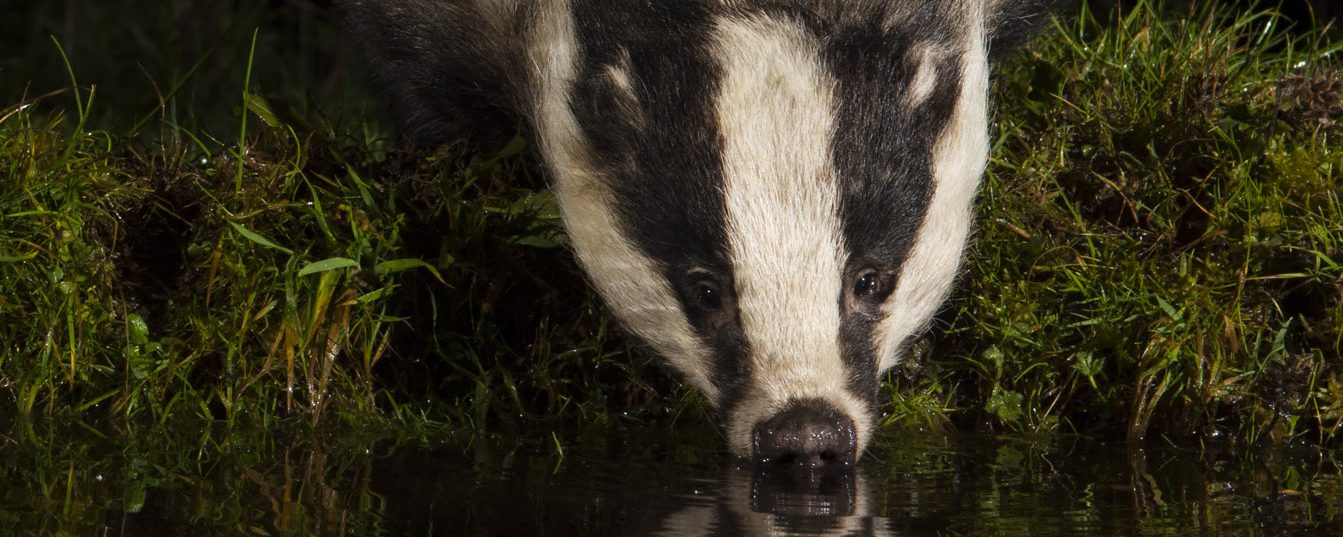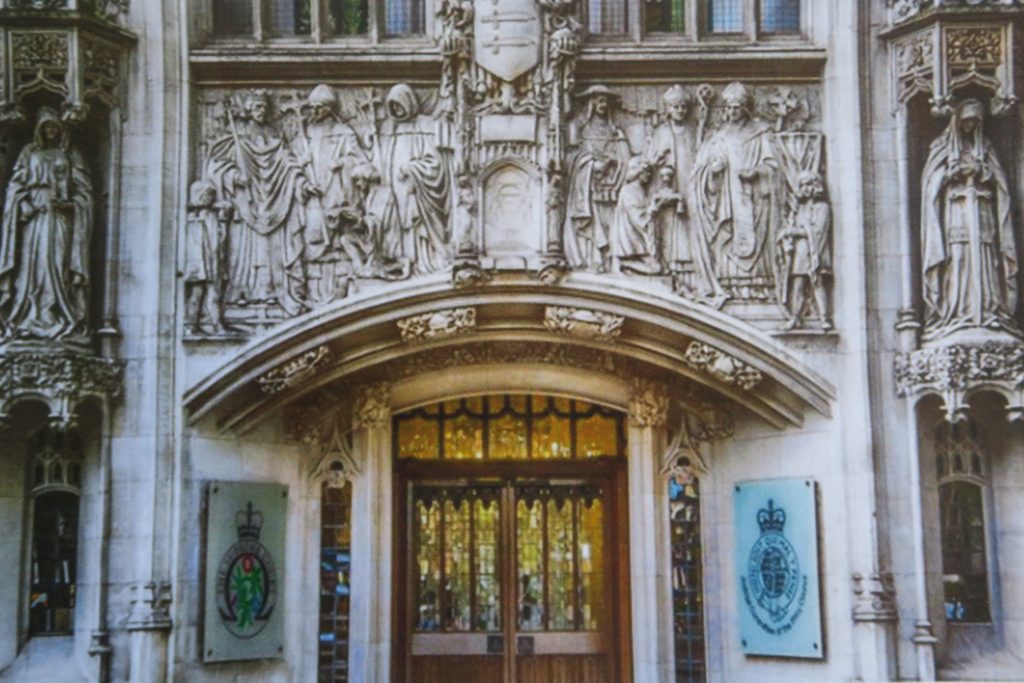On 9th June 2020 the Supreme Court turned down a permission request to look again at the long term killing of English badgers by government subsidised cull companies. The application related to a ruling in 2018 on the lawfulness of the 2017 government policy to carry out ‘supplementary’ badger culling (SBC). This is the maintaining of badger culling for periods of five years at a time in places where badger numbers have already been reduced by 70% or more over four years. Recent scrutiny at the Supreme Court by Lords Kerr and Hamblen with Lady Arden in 2020 found that the application did not ‘raise a point of law worth considering at this time.’, thereby closing the matter.
In 2019, the Court of Appeal (CA) had upheld Judge Cranston’s 2018 High Court ruling that, in introducing SBC, the government had satisfied the purpose of Section 10. of the Protection of Badgers Act 1992, that otherwise protects badgers from needless persecution. Cranston had decided that “there was a logical and defensible rationale for the licensing of supplementary culling”. But what exactly was that rationale and what does the decision tell us?
In August 2018, Judge Cranston had found that the government’s approach was not unlawful due to “a policy of maintaining a reduced badger population through supplementary culling coupled with the commitment to change tack as evidence became available”. The decision was therefore conditional on the ongoing learning and adapting to results during the process. Seems reasonable.
The decision was controversial however, firstly because the consultation wording over SBC had been ‘unimpressive’ and had been wrong to say to the Minister and the general public that adopting SBC was ‘necessary’, when the approach was clearly both risky, ‘experimental’ and subject to published warnings that it might not help, might hinder and even make the spread of the disease worse.
What seemed to sway the ruling, as revealed to the court in disclosed email exchanges and meeting notes from Defra in 2016, was the fact that it had been conceived by civil servants and the then Chief Vet Nigel Gibbens and Chief Scientific Advisor (CSA) Ian Boyd. Their advice was based partly upon models and modelling, and court disclosures indicate that they didn’t think they or the modelers around them instilled confidence. The advice was to depart from tentative findings from the study sites of the main reference project (The RBCT 1998-2005) and to keep on culling rather than to stop in the manner that claimed (modelled) benefit in that study. Somewhat sinister importance and weight was given to shooting syndicates preferring to keep on badger culling. Also the non-consultation of wildlife and welfare charities as the plans were decided was noticeable.
The legal challenges were framed around the RBCT reference project by necessity, as challenging decision making has to be done within the context of the original science that Defra and the NFU chose to follow. This constraint does not allow doubt subsequent to the decision making to be brought to the court room.
In court, SSEFRA argued that the requirements of the PBA are met if the SSEFRA’s subjective intent was to reduce the spread of TB. However, the CA did not seem to wholly endorse this finding of Cranston. It re-framed the requirement to require the SSEFRA to reach a decision which was lawful on public law terms – i.e. a rational one. But the CA did also accept that a licence could be granted for the purposes of an experiment where the SSEFRA was advised that it was a logical approach to disease control.
In effect, Cranston’s ruling said the SBC approach was lawful. The Secretary of State is entitled to follow the advice of Government advisors (including departing from the published warnings of science), even when public consultation misinforms about the needs and necessities.
In this case, the decision found that any cessation of culling after a four year cull is expendable, but without evidence. The argument provided was informed by an unpublished ‘confidential’ report based upon adjusted, un-peer reviewed modelling, suggesting that after badger culling stops, bTB may return to previous levels over time.
On the face of it, it is possible to see how the judiciary might give the government the benefit of the doubt: difficult decisions and experts doing their best in an information void. Yet as with everything, hindsight is a wonderful thing. Because after the initial ruling, retiring SBC architect Ian Boyd made an important concession in relation to checking any direct measure of badger culling value, over the long term.
He suggested any learning (Cranston’s ‘change of tack’ as evidence became available) could only be the result of regional scale trends, once national depletion of badgers is achieved, at some point in the 2030’s. Some modelling once data from six cull areas over four years might or might not reflect direction of trend, but that there would never be direct or categoric evidence to go on. Even at the end. Whether bTB is eradicated or not you will never know the contribution from badger culling.
So what do we make of this? Cranston did not ask about timing and perhaps killing all the badgers for decades on the off chance seemed acceptable? Even when it might encourage the spread of disease, something that no one could detect? However the fact that in truth, there is a lack of any ability to ‘change tack’ is telling in the practical outcome of this case, which seems to be for badger culling to be accelerated.
All we can say is, in finding with the government, as is often the natural tendency of Judges, that in the vital area of disease control, trust was placed in the governments pleadings being full and honest. Government is allowed to take risks with badgers, outwith the confines of legislation controlling the normal boundaries and excesses of experimentation and scientific procedure.
This is a worrying position for wildlife protectors and disease professionals. Governments can take risks if their expert says it is worth trying. Even if they go wrong for decades. Unmeasurable risks it later appears, when outcomes are hard or impossible to monitor. The implications of Cranston’s ruling, albeit in hindsight, are as disturbing as they are dangerous.
Can anything more be done? Well, that is now being looked into. This is rough justice and a worrying and disappointing outcome for all of us seeking to defend badgers and to control cattle disease. Badgers can be killed in ways that might increase or decrease the spread of disease or that might actually have no effect at all. That is surely not what the legislation allows or common sense advises. This is not the end, but a new beginning, as the legal action exposes what is really going on behind closed doors.
Please donate towards the crowd fund here: Donate


